Production Agriculture
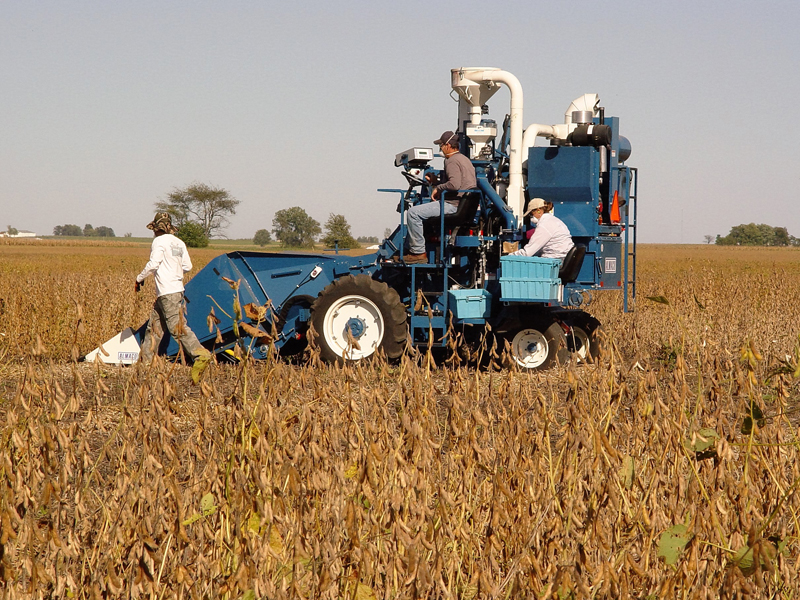
Leftovers can be quite valuable. For instance, when soybean seed is crushed and the oil extracted, what’s left is called soybean meal. You’ll want to save this leftover.
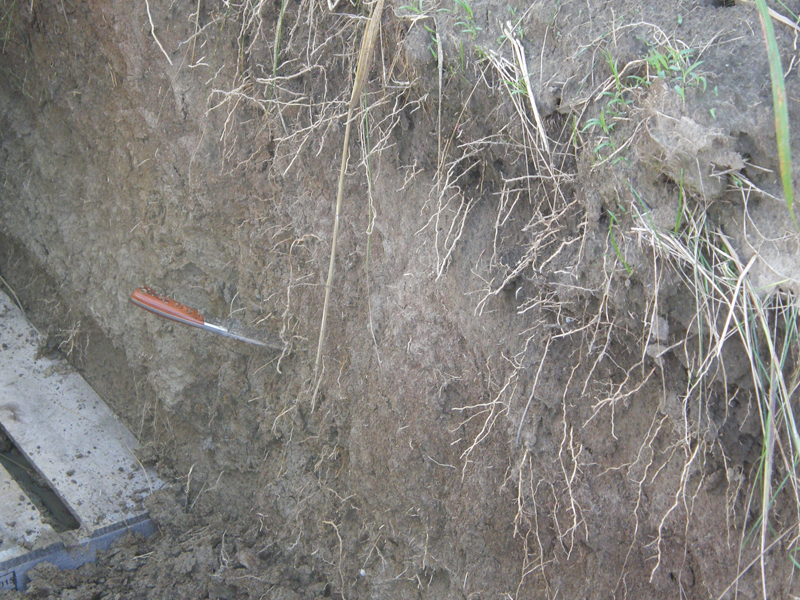
Soil characteristics like organic matter content and moisture play a vital role in helping plants flourish. It turns out that soil temperature is just as important. Every plant needs a certain soil temperature to thrive. If the temperature changes too quickly, plants won’t do well. Their seeds won’t germinate or their roots will die.“Most plants are sensitive to extreme changes in soil temperature,” said Samuel Haruna, a researcher at Middle Tennessee State University. “You don’t want it to change too quickly because the plants can’t cope with it.”
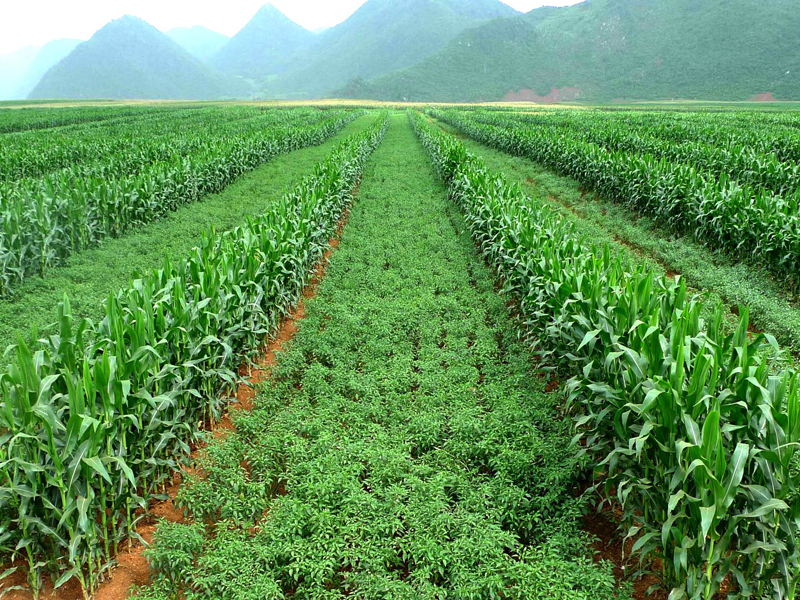
On the steep farming slopes of China, Bozhi Wu and his research associates are finding ways to improve economic and environmental stability.
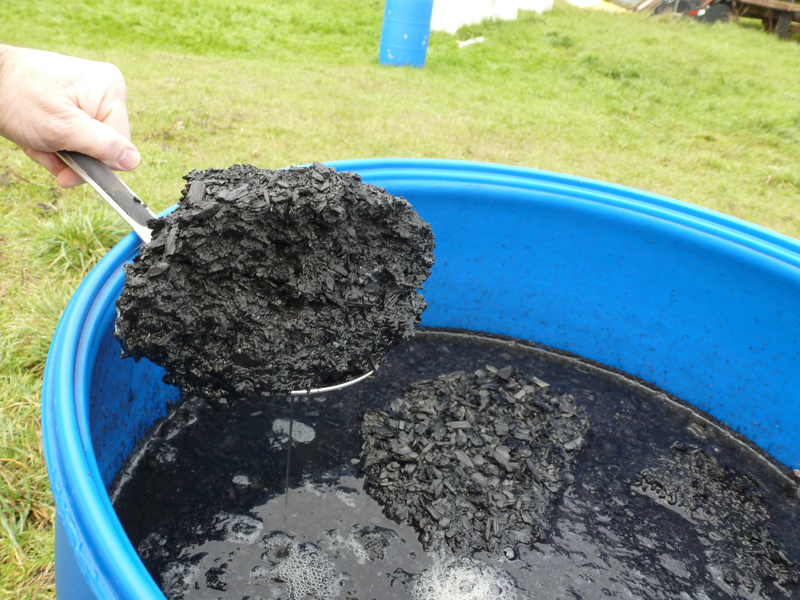
Manure is a reality in raising farm animals. Manure can be a useful fertilizer, returning valued nitrogen, phosphorus, and potassium to the soil for plant growth. But manure has problems. Odor offensiveness, gas emissions, nutrient runoff, and possible water pollution are just a few.
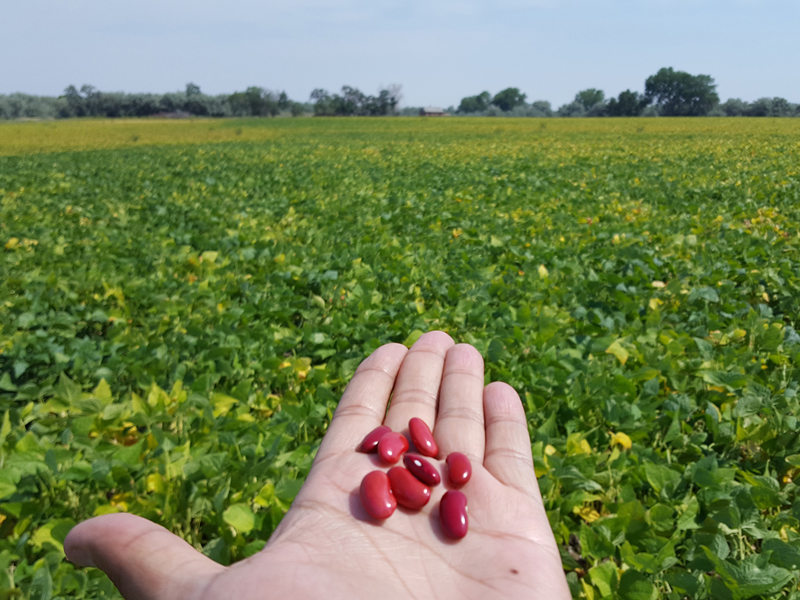
Kidney beans, like most other beans, are a nutritional powerhouse. They are packed with complex carbohydrates, protein, iron, and folate. They are also a good source of soluble fiber, which has several health benefits.
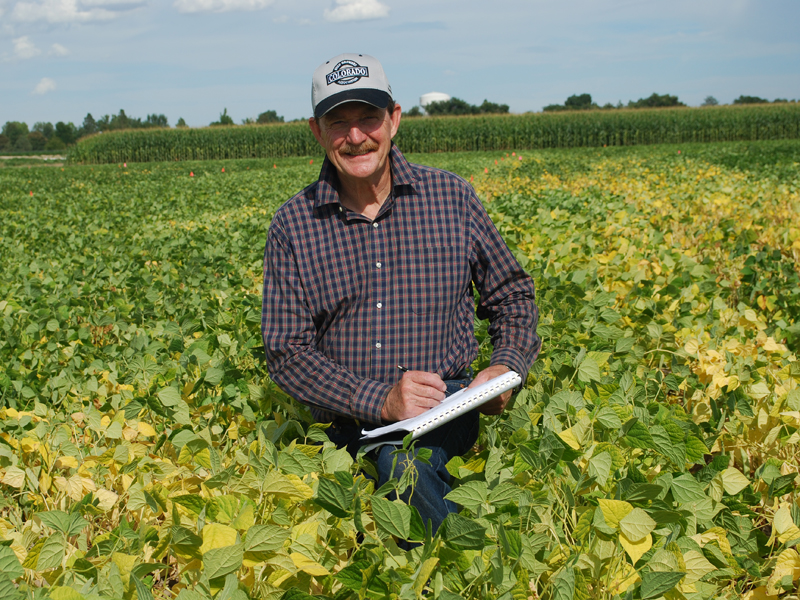
Pinto beans are the most common type of bean cultivated in the United States, accounting for more than a third of all edible, dry bean production. Harvesting them, however, has been a complicated ordeal--until now.
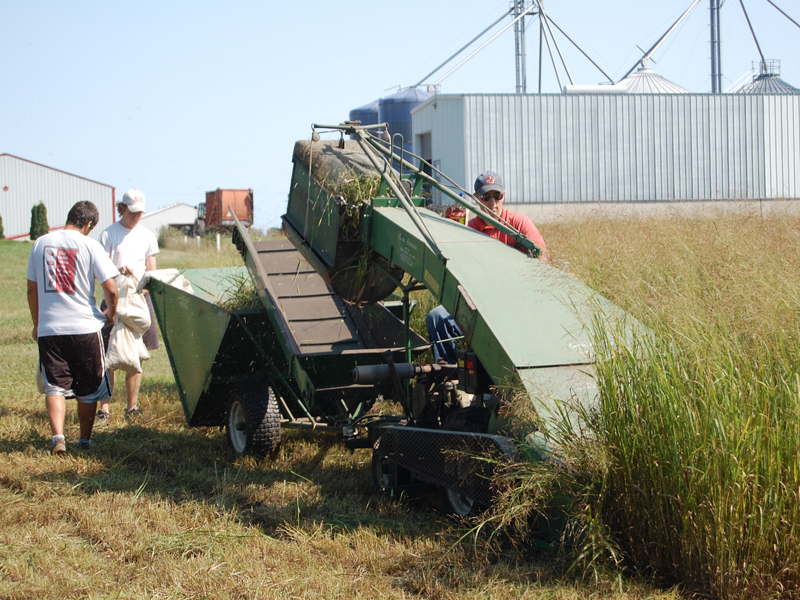
Using switchgrass to produce biofuel is one way to decrease the United States’ dependence on oil, but growing it and making it profitable can be complicated.
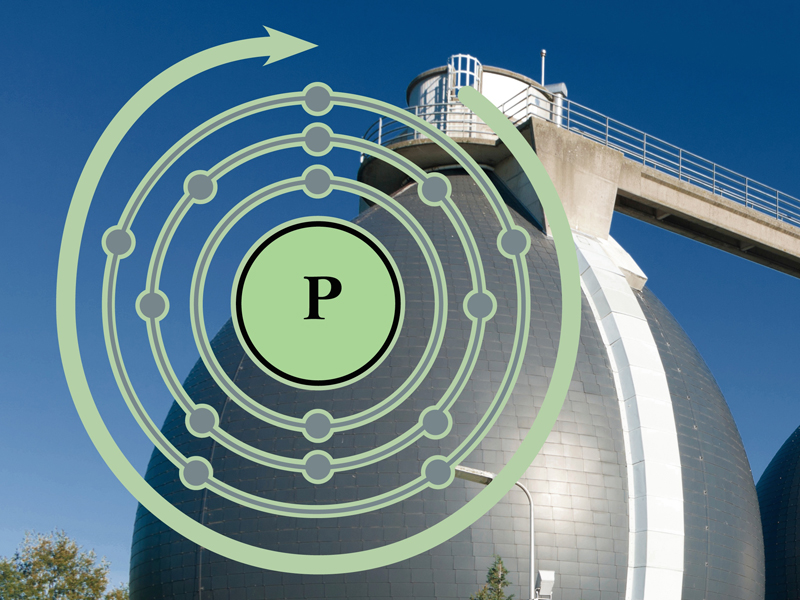
A new approach to wastewater treatment may be key in efforts to reduce, reuse, and recycle. Moreover, it can be profitable.
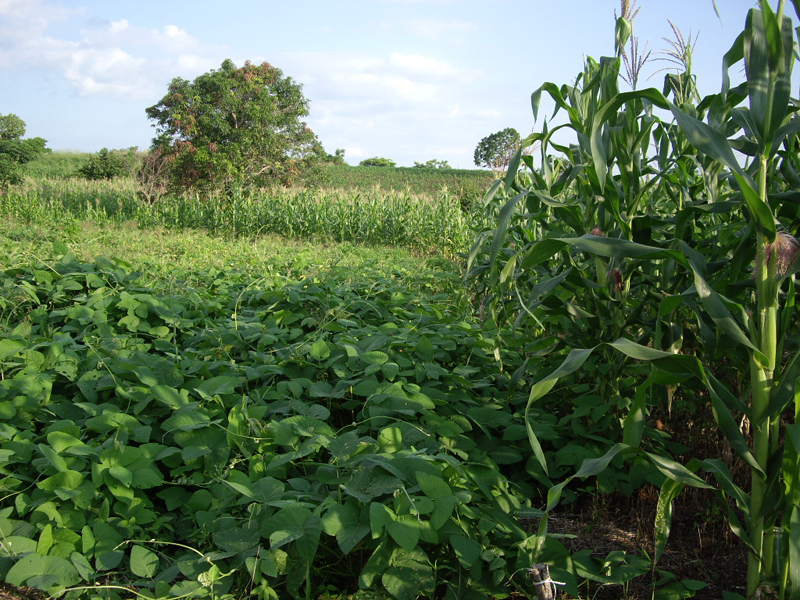
Recent research in Mexico suggests rotating the use of a local cover crop can improve soil fertility and yields of maize (corn) harvests.
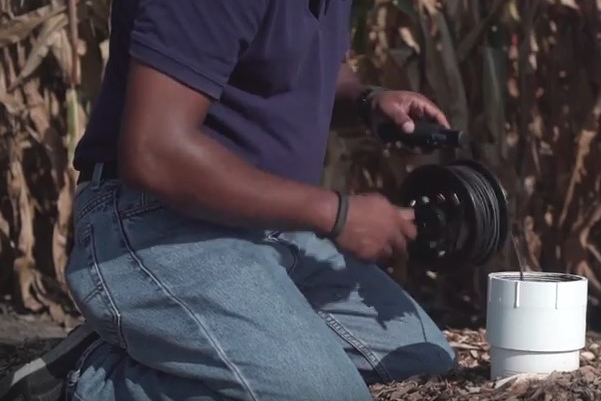
It’s been largely ignored in the past as a route for phosphorus loss from farms, but the buried network of drainage pipes known as the tile system can carry away as much phosphorus as surface runoff.
That’s the conclusion of a pair of studies published in the Journal of Environmental Quality today (Oct. 3). In research in Ohio and Indiana led by USDA-ARS scientists, nearly 50% on average of both dissolved, “bioavailable” phosphorus and total phosphorus left fields via the tile system—a percentage much higher than previously thought.
